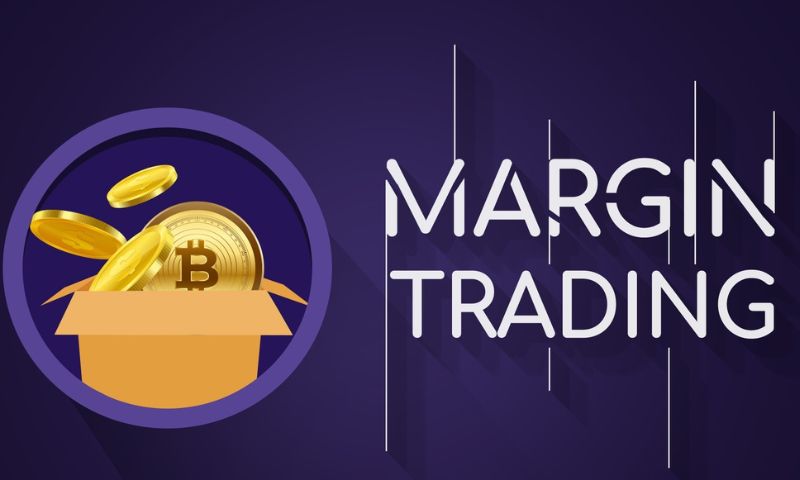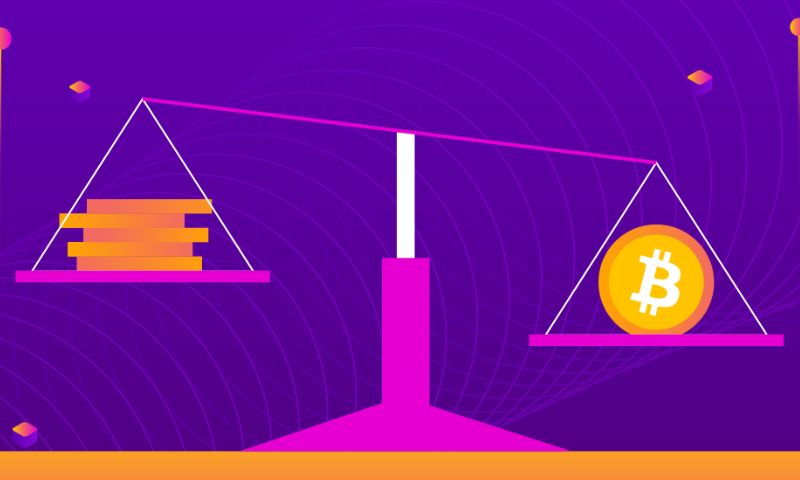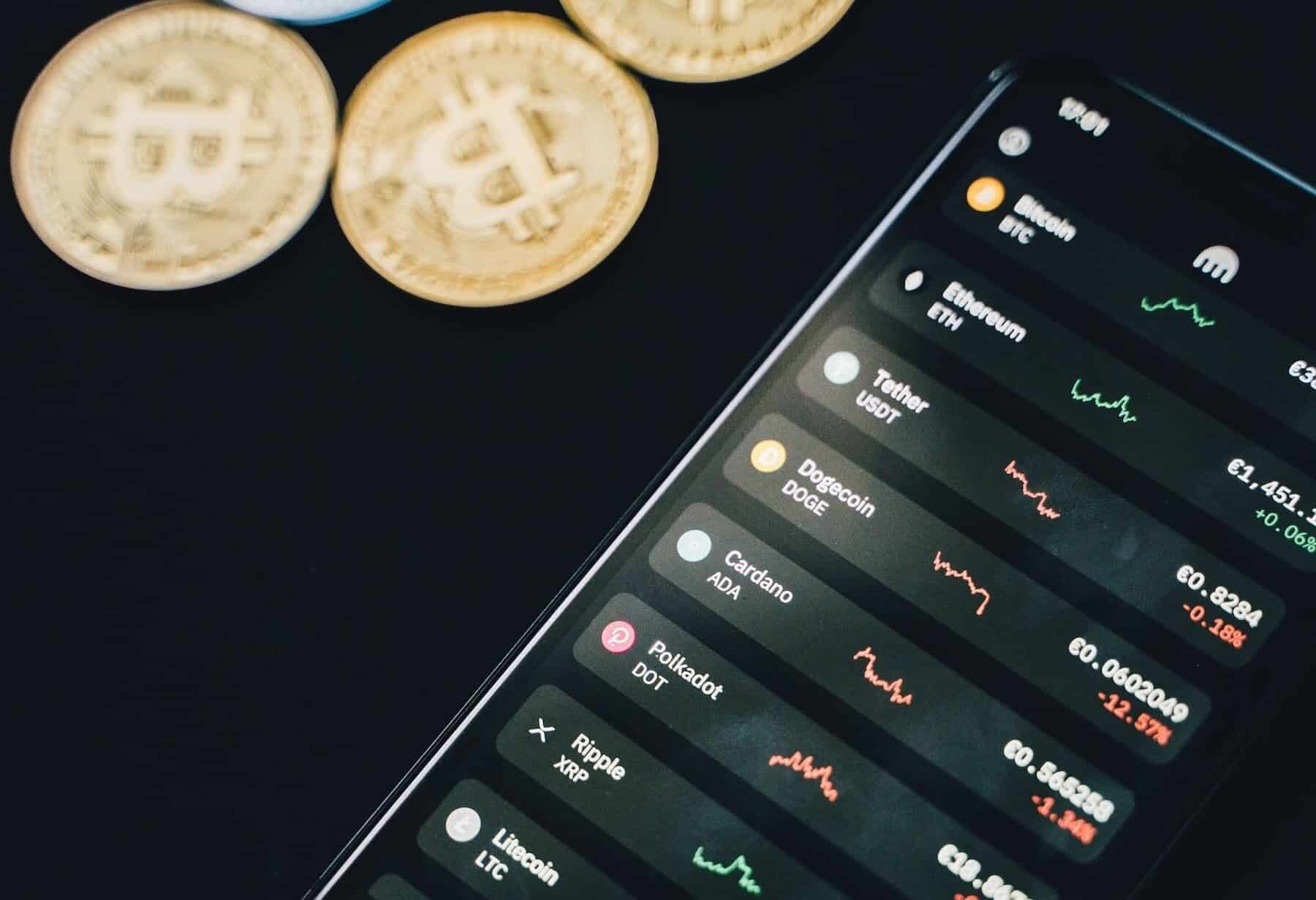Diving into the world of crypto can be like surfing giant waves – thrilling but risky. I’m here to be your lifeguard, ensuring you don’t just stay afloat, but also catch the big wins using Crypto margin trading strategies for beginners. Together, we’ll unpack the essentials, setting you up with a solid risk management plan, showing you how to pick killer entry and exit points, and guiding you on selecting the right platform. Let’s turn that beginner’s luck into a seasoned trader’s strategy!
Understanding the Basics of Crypto Margin Trading for Beginners
The Principle of Leverage in Cryptocurrency Trading
Leverage lets you trade more crypto than you own. It’s like a loan. If you put down a little, you can trade a lot. But be careful. Big wins can happen, sure. But so can big losses. Always remember, leverage boosts both. For example, using 10x leverage means a 1% price move could double your cash or wipe it clean.
Understanding leverage in digital currency trading is crucial. Here’s why. Let’s say Bitcoin costs $10,000. Without leverage, buying one Bitcoin costs $10,000. Simple, right? But with 10x leverage, you only need $1,000. Now you’re controlling a $10,000 trade with just $1,000. But remember, this magnifies your risk too.
Key Margin Trading Terms Every New Trader Should Know
To start margin trading in crypto, learn some terms. Initial margin is what you start with — the first bit you pay. Maintenance margin is the least amount you must have in your account. If it drops too low, you’ll face a margin call. This is when the broker asks for more cash or sells your assets.
Long positions mean you think the market will go up. You make money if it does. Short positions are the opposite. You bet the market will fall. If it does, you win. Stop-loss is a safety net. It limits your losses by closing your trade at a set price.
When trading crypto with borrowed funds, watch your margin level. It’s like a health check for your account. A bad level can mean trouble — like liquidation, where your trades get closed, and you lose your initial cash.
Calculating margin levels in crypto is key. It tells you when you’re close to a margin call or liquidation. To calculate it, divide your equity by the taken leverage. The higher your margin level, the safer. But low? Danger.
Leverage ratios explained for crypto traders can be simple. It’s the size of the loan compared to your cash. Say you’ve got $100. At 5x leverage, that’s a $500 trade. At 10x, it’s $1,000. Big numbers, but big risks too.
In a nutshell, beginner’s guide to trading on margin is this: use borrowed money to trade more than you can afford. But always with a plan. Set stop-loss orders. Understand the risks. With these tools, you can aim for the big wins — but in a smart way. Remember, slow and steady often wins the race. And that’s how to start margin trading in crypto the right way.
Establishing a Strong Risk Management Framework
Importance of Setting Stop-Loss Orders in Margin Trading
Stop-loss orders save your money if prices fall. Imagine trading without a net. That’s trading without stop-loss orders. A stop-loss order is a set price. If it hits, your trade closes to prevent big losses. It’s a safety tool for your money.
Why set a stop-loss in crypto margin trading? Your money is safer. Prices in crypto can change fast. A stop-loss can stop you from big losses. You pick the price where your trade stops. When you’re not there, a stop-loss order watches your trade. It’s like having a guard for your money.
When you borrow money to trade, the risk goes up. Stop-loss orders become more critical. If prices move against you, losses can add up quick. The stop-loss says “enough” and gets you out. Trading with leverage means you’re using more than you have. So, it’s important to know when to step back.
Strategies to Manage Risk-to-Reward Ratios Effectively
What is risk-to-reward ratio in crypto margin trades? It’s about balancing risk with possible gains. A good risk-to-reward ratio makes sure wins can cover losses. Like, aiming to make $3 for every $1 you risk. This helps you stay on top even if some trades don’t win.
To manage this ratio, first understand what you can lose. Decide how much you’re okay to risk on each trade. Never risk more than you can afford. Then, look for trades where the win could be bigger than the risk. This helps you be smart with your trades.
It’s not just about the numbers; it’s about being smart. Always know why you enter a trade. Make sure there’s a good chance to win more than you might lose. Don’t go into a trade without this plan. And remember, even the best plans can go wrong. That’s trading. Be ready, and don’t risk too much on one trade.
A strong risk management plan is a big deal in crypto trading. Set your stop-loss orders. Know your risk-to-reward ratios. And never trade money you need for your daily life. This keeps your trading on track and your money safer. Always learn as you go, and trade smart to win big.
Developing Effective Trading Strategies
Identifying Entry and Exit Points for Margin Positions
When you start margin trading in crypto, know where to enter and leave. This is key. Let’s say you want to buy a crypto asset using leverage. You must determine the right time to jump in (entry point). And know when to sell for a profit or to stop losses (exit point).
Do you wonder how to spot these points? Simple. Look for price trends and reversals. A steady price climb could be your entry signal. A sudden drop might signal an exit. These trends guide you to buy low and sell high.
But remember, using borrowed funds increases both wins and losses. Let’s break it down. Buying on margin means using borrowed money to get more of an asset. If the value goes up, you win big. If it drops, you face hefty losses. So, being spot on with your entry and exit matters a lot.
Leveraging Technical Analysis in Margin Trades
Now, let’s use technical analysis in our trades. This helps predict future prices by looking at past trends. It sounds tough, but it’s not. You’ll look at charts and patterns that show how prices moved before. This can hint at how they might move again.
Still puzzled on what to look for? Focus on price charts, volume, and other market stats. There are tools and indicators that can help, such as moving averages and RSI.
Say, what’s a moving average? It’s a line on a chart showing an average price over time. It helps smooth out price data to spot trends. If prices stay above this line, it might be time to enter a trade. If they dip below, it might be time to exit.
And what’s RSI? RSI, or Relative Strength Index, measures how fast prices change. It tells you if an asset is overbought or oversold. If RSI is high, above 70, the asset may be overpriced. Time to think about exiting. When RSI is low, under 30, the asset may be undervalued. This could be a good entry point.
So, to sum up, use tools to help find the best times to enter and leave your trades. Be aware of the leverage effect. This means your wins and losses could be much bigger than without leverage.
Remember, trading comes with risks, especially with leverage. Be cautious. Follow these steps to set up effective strategies. Have clear entry and exit points and use technical analysis to guide you. Successful trades mean big wins, but mistakes can lead to big losses. Stay sharp and keep learning!
Platform and Asset Selection for Beginner Margin Traders
Choosing the Right Cryptocurrency Pairs and Margin Platforms
When you start margin trading in crypto, think of it like picking a team. You need players – or in this case, the right crypto pairs. It’s not just about picking the big names like Bitcoin or Ethereum. You must dig deeper, looking at how they move together or apart. Pairs that change sharply can offer high wins, but the risks are big too.
On the flip side, pairs that don’t swing as much won’t make your heart race, but they’re safer. As a newbie, it’s wise to go slow. Use those practice tools offered by the margin platforms. They let you try without risking your real money. It’s like a test drive for traders.
Talking about platforms, it’s a jungle out there. Choose where to trade carefully. The best ones for you have clear rules, show prices well, and help you learn as you go. They won’t push you to use too much leverage. That’s trading with borrowed funds, and it’s risky. Look for platforms that explain the leverage ratios you can use. That means how much they’ll loan you compared to what you have. Keep it low. Think of it as training wheels on a bike.
Comparing Margin Trading With Other Types of Crypto Trading
Margin trading is just one way to trade crypto. It’s different from spot trading, where you buy and sell right now, with your own money. With margin, you’re like a racer using a speed boost – borrowing cash to hit bigger speeds, or in this case, make bigger trades.
Then there’s futures trading. That’s where you bet on where a crypto’s price will go in the future. It’s like buying a ticket for a game way before it happens. You pay today’s price, hoping to win because you guessed the score right.
But remember, while margin can lead to big wins, it’s easy to lose cash fast. So, go slow, learn lots, and stick to safer bets until you’re ready for the big leagues. Take your time to understand how things like margin calls work. That’s where the platform asks for more money if your trade goes south. Setting stop-loss orders can help you keep losses small. That’s like having a safety net.
Picking the right platform and crypto pairs is key for your success. Keep learning, stay safe, and happy trading!
Today, we dove into the world of crypto margin trading. We kicked off with the core idea of leverage, its power, and how it can both boost gains and heighten risks. We then broke down the must-know terms that lay the groundwork for any new trader.
We laid out key steps to protect your investments, stressing the importance of stop-loss orders and mastering risk-to-reward balances. Without solid risk management, trading can lead to swift losses.
Further, we explored how to pinpoint the best times to jump in and out of trades. Knowing when to act is just as crucial as knowing how. Technical analysis emerged as a trusted tool in this realm, guiding our trade decisions.
Lastly, we matched up different crypto pairs and platforms, drawing contrasts with other crypto trade types. Choosing the right match can influence your trading success.
To wrap it up, remember that margin trading is a double-edged sword—it’s as risky as it is rewarding. But with the strategies and knowledge from this post, you’re better equipped to tackle this challenge. Trade smart, manage risks wisely, and stay ahead in the fast-paced world of cryptocurrency trading.
Q&A :
What is crypto margin trading and how does it work for novices?
Crypto margin trading is a form of trading where traders can borrow funds from a broker to trade cryptocurrencies. For beginners, it involves using leverage to increase potential returns on investments. Traders must open a margin account, deposit a percentage of the total order value (margin), and then can borrow the rest from the exchange. They must be aware of the risks and the possibility of liquidation if the market moves against them.
What are the basic strategies beginners should know for crypto margin trading?
Beginners should start with understanding and implementing fundamental margin trading strategies such as going long (buying with the expectation that the asset’s price will rise) or going short (selling with the expectation that the asset’s price will fall). Utilizing stop-loss orders to manage risk and starting with lower leverage to get accustomed to the market dynamics are also crucial strategies to minimize potential losses.
How can beginners effectively manage risks in crypto margin trading?
Effective risk management for beginners involves setting clear limits on the amount of capital invested and the level of leverage used. Utilizing stop-loss orders to automatically close a position at a predetermined price can help minimize losses. It’s also advisable to not invest more than one can afford to lose, conduct thorough market research, and continuously monitor positions due to the volatile nature of cryptocurrency.
What are the benefits and drawbacks of margin trading in cryptocurrency for beginners?
The primary benefit of margin trading for beginners is the amplification of trading results; it enables larger trades with a smaller capital investment. However, this can also be a drawback as it increases the potential for substantial losses. Moreover, price volatility in the crypto market can lead to rapid margin calls or liquidation of positions. It is critical for beginners to understand these risks before engaging in margin trading.
Can beginners practice crypto margin trading strategies without risking actual capital?
Yes, beginners can practice crypto margin trading strategies by using demo accounts offered by many crypto exchanges. These accounts allow traders to simulate margin trading with virtual money, which provides a risk-free environment to learn about market conditions and how to use trading platforms without the fear of losing actual capital.





